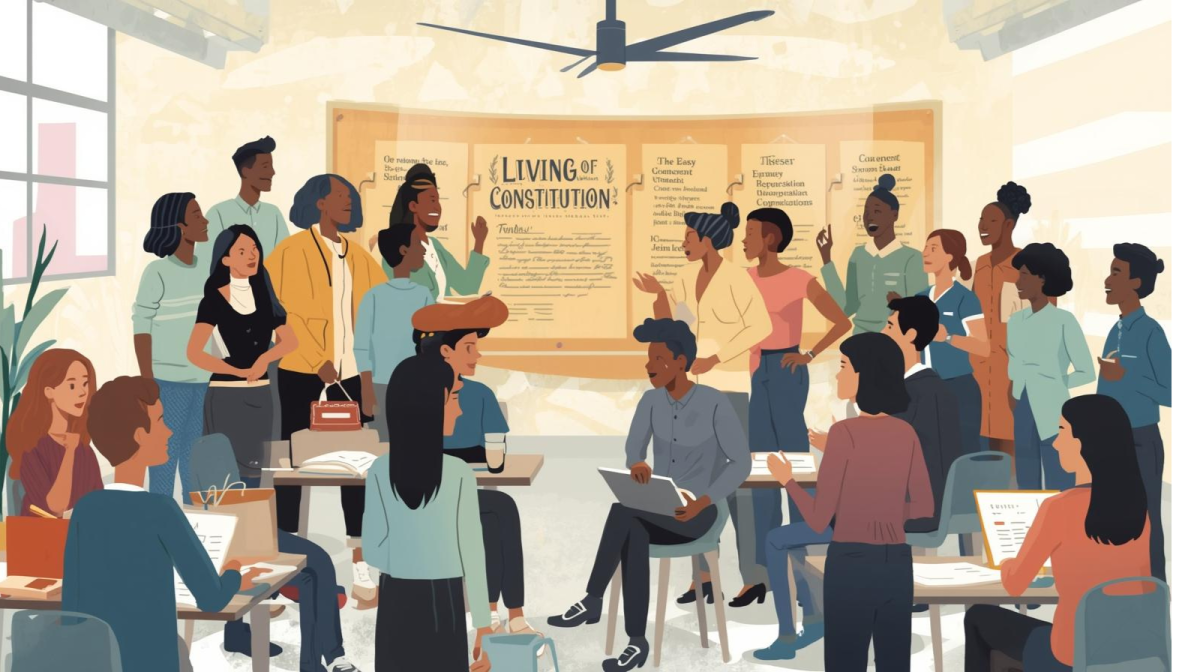
When we think of the United States Constitution, we often think of stability, history, and the document that has guided American democracy for more than two centuries. But there’s another truth: the U.S. Constitution is also one of the hardest in the world to amend. With only 27 amendments since 1789, and none in the last half century, our national charter has become rigid—so much so that major social and political changes often play out in the courts rather than through democratic amendment.
Harvard historian Jill Lepore, in a recent conversation on Apple News In Conversation “Is the US Constitution too hard to change?”, notes that the framers expected amendment to be a practical, ongoing process. Instead, the high thresholds for passage, two-thirds of Congress plus ratification by three-fourths of the states, make change nearly impossible in a polarized nation. While this rigidity has preserved stability, it has also limited flexibility and stifled public voice.
As Activities Directors and advisors, this lesson hits close to home. Many of us oversee student constitutions in middle and high schools. These documents, too, are written with the hope of providing clarity, structure, and fairness for student government. But are our school constitutions living documents that encourage growth and adaptation, or do they risk becoming so rigid that future leaders cannot make meaningful updates?
Lessons from the U.S. Constitution
Balance Stability with Flexibility
A constitution should protect against impulsive changes but not make reform impossible. Student constitutions might require a two-thirds council vote or a majority student body vote, significant, but achievable.
Accessibility of Amendments
If the process is too complex, amendments will never happen; if too easy, rules may change every semester. Aim for a “just right” balance that ensures discussion and buy-in without paralysis.
Representation for All Voices
The U.S. amendment process gives disproportionate weight to smaller states. In schools, we must ensure all grade levels, clubs, and student groups have access to propose or debate constitutional changes.
Clarity of Rights and Responsibilities
Where the U.S. Constitution leaves much to interpretation, student constitutions should be written in student-friendly language, explicitly defining voting rights, amendment steps, and leadership responsibilities.
A Living Document
To avoid stagnation, build in regular reviews. A yearly Student Constitution Committee can ensure the document continues to meet the needs of a changing student body.
Practical Suggestions for Schools
Amendment Pathways: Allow proposals either from student council supermajorities or petitions signed by a portion of the student body (e.g., 20%).
Annual Review: Task student leaders each spring with reviewing the constitution and suggesting improvements.
Transparency: Post the constitution and any amendments online or around campus to keep students informed.
Advisor Partnership: Involve advisors and administrators to ensure alignment with school policy while still empowering student voices.
Why It Matters
Just as the U.S. Constitution was meant to be a living framework for democracy, our school constitutions should be living frameworks for student leadership. They teach responsibility, civic engagement, and the balance between honoring tradition and embracing change. By designing amendment processes that are fair, accessible, and adaptable, we prepare students not only to lead their schools today but also to understand and appreciate the challenges of leadership in our democracy tomorrow.
Reflection Question for Student Leaders:
Is your school constitution too hard to change, too easy, or just right? And how will you, as leaders, ensure it serves both today’s students and tomorrow’s?